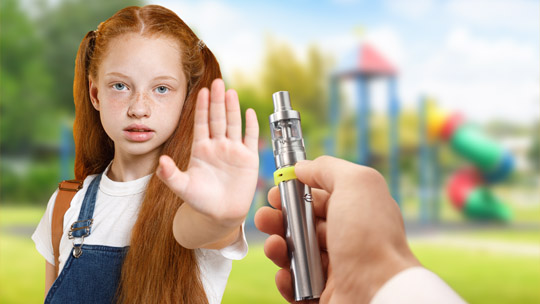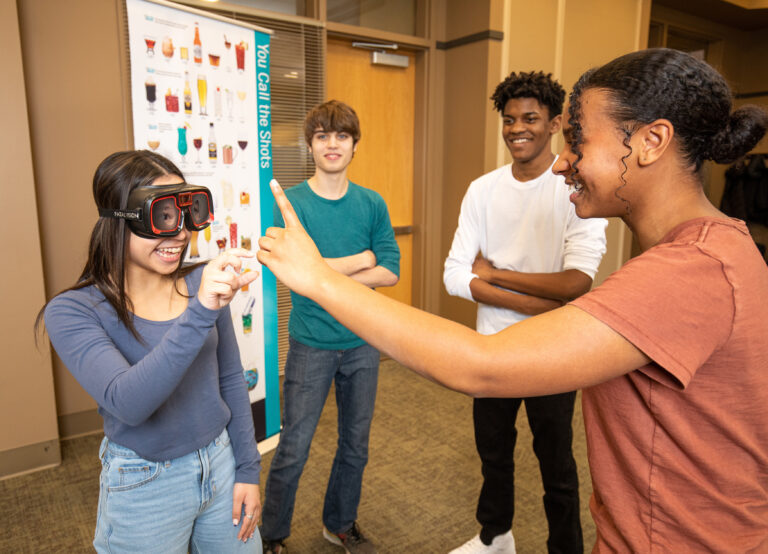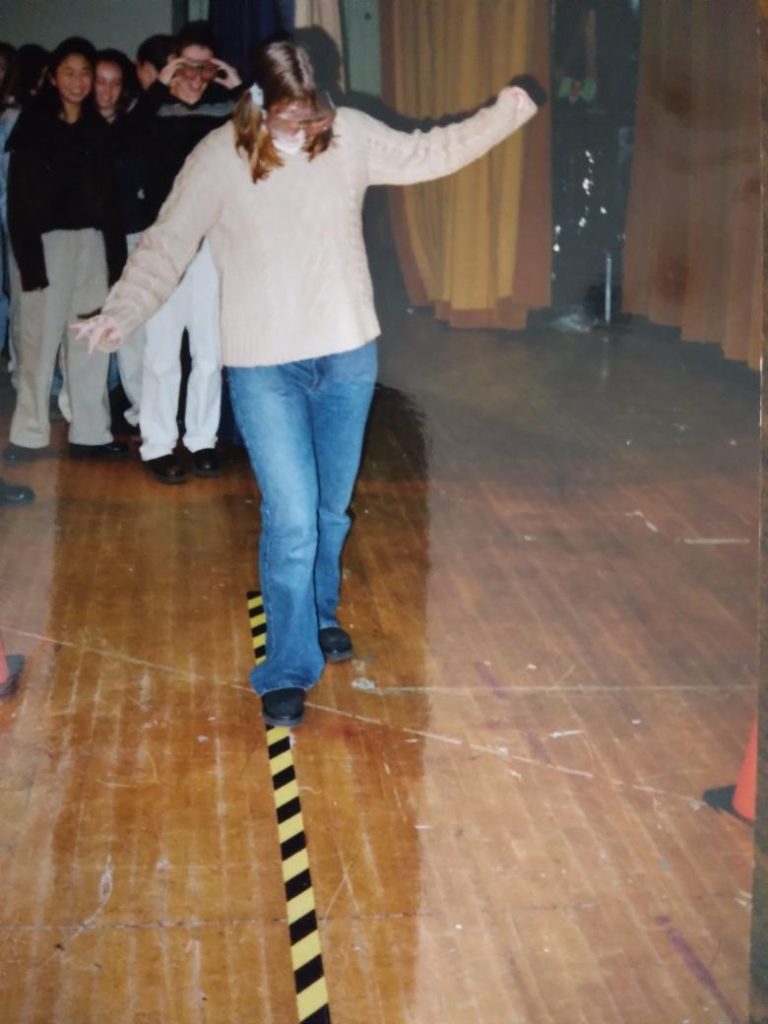Students and educators understanding vaping and its consequences is vital.
The increase in prevalence of vaping among young individuals highlights the critical need for effective vaping education for students. Vaping, often perceived as a safer alternative to traditional smoking, has emerged as a popular trend. However, this perception is inaccurate as there are significant health risks associated with vaping. Comprehensive education programs are essential to empower students with knowledge about these risks, the influence of peer pressure, and the availability of healthier alternatives. In this blog, we’ll discuss some topics that are important in a vaping education program for students.
The Rise of Vaping
Firstly, it’s important to understand the history and increase in popularity of vaping. Vaping involves inhaling a vapor produced by an electronic cigarette (e-cigarette) or other vaping devices. These devices heat a liquid — usually containing nicotine, flavorings, and other chemicals — to create a vapor that the user inhales. It has been marketed as a safer alternative to combustible tobacco products, and vaping has seen a dramatic increase in popularity, especially among teenagers and young adults.
Health Risks Associated with Vaping
Contrary to the popular belief of many young adults that vaping is harmless, it poses several health risks. E-cigarettes contain nicotine, a highly addictive substance that can impact adolescent brain development, leading to issues with attention, learning, and impulse control. Furthermore, the vapor from e-cigarettes can contain harmful substances which are linked to lung diseases. They may also contain heavy metals such as nickel, tin, and lead, and other compounds that can cause long-term health issues.
The Centers for Disease Control and Prevention (CDC) has reported numerous cases of e-cigarette or vaping product use-associated lung injury, highlighting the potential for severe respiratory problems. Additionally, there is evidence to suggest that young individuals who start vaping are more likely to transition to traditional smoking, negating the perceived safety benefits of e-cigarettes. When creating a vaping education plan for students, it’s important to give them factual information on the dangers of choosing to vape.
The Impact of Peer Pressure
Peer pressure plays a significant role in the prevalence of vaping among teens. Students often face social pressure to conform to group norms, which can include experimenting with vaping. The portrayal of vaping as a socially acceptable or trendy behavior amplifies its appeal. Vaping education for students must address the social dynamics that contribute to its popularity, equipping them with strategies to resist peer pressure and make informed decisions.
Alternatives to Vaping
Educating students about healthier lifestyle choices and stress-relief alternatives is crucial. Activities such as sports, arts, mindfulness, and community engagement can provide positive outlets for stress and peer bonding without the health risks associated with vaping. Additionally, counseling and support services can offer necessary assistance to those struggling with nicotine addiction or peer pressure. Take a look at this Fatal Vision resource for alternatives to vaping.
Resources for Education and Support
Comprehensive vaping education for students should include access to resources for further information and support. Schools can play a pivotal role by integrating vaping education into health and wellness curriculums and providing students with accurate information about the risks of vaping and strategies for making healthy choices. Consider hanging posters or banners to get the conversation started about vaping and reminding students that it is harmful to their health. Additionally, parents and guardians should be encouraged to engage in open dialogues about vaping, reinforcing the messages delivered in educational settings. The CDC also offers resources for parents, educators, and healthcare providers to support vaping prevention efforts.
Vaping education for students is an important component in the fight against the rising trend of e-cigarette use. By presenting factual data on the health risks associated with vaping, addressing the influence of peer pressure, and highlighting healthier alternatives, educators can empower students to make informed decisions. Communities need to adopt a proactive approach to ensure that students have the knowledge and resources they need to make informed choices about vaping. For more resources or questions on vaping curriculum, reach out to the Fatal Vision team today.






